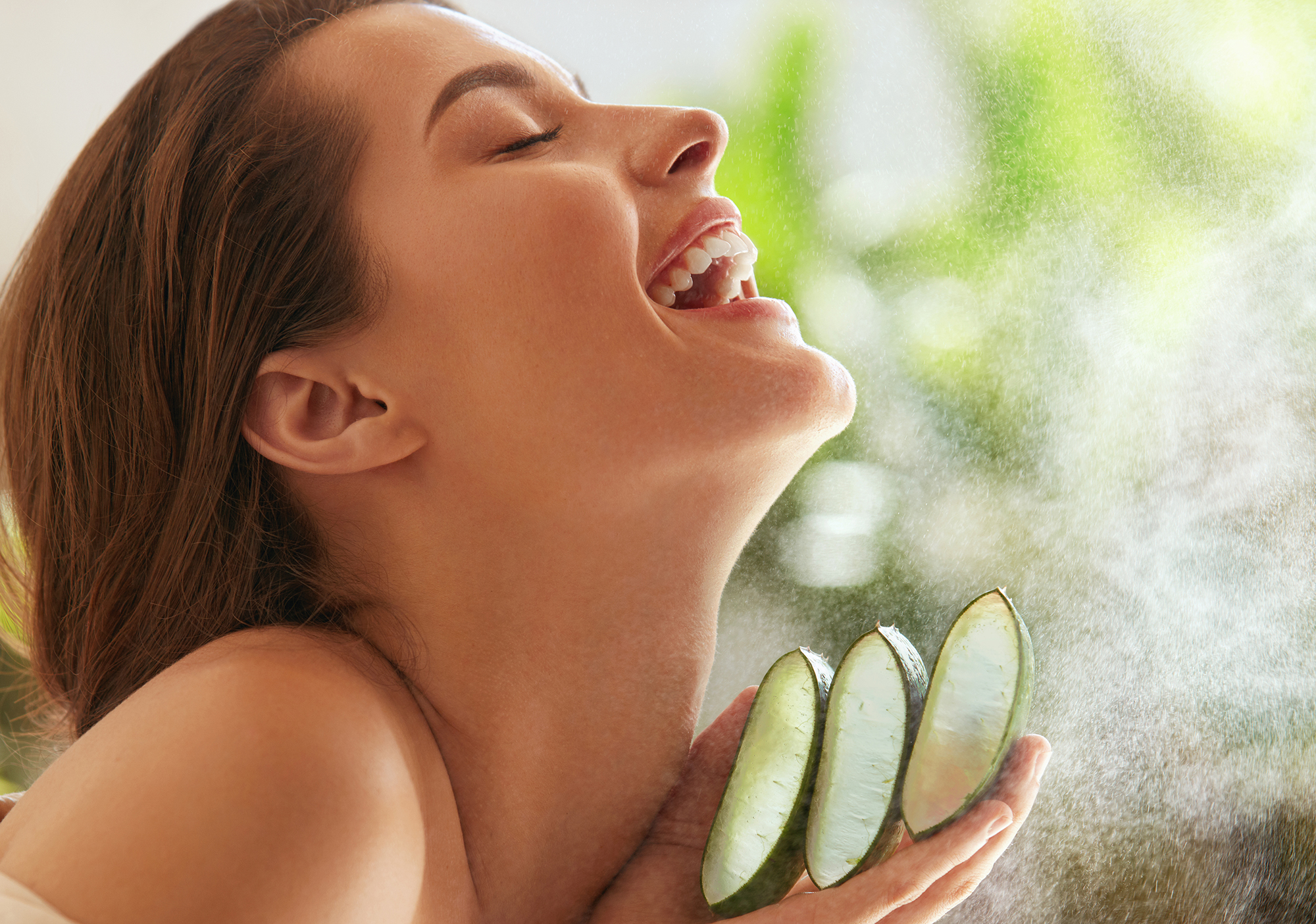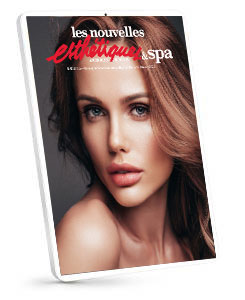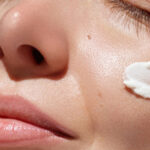
Top Hydrating Ingredients Every Esthetician Should Look For
By Samantha Garcia
Hydrated skin is the foundation of a healthy, radiant complexion. Whether your client struggles with dehydration, sensitivity, or dullness, restoring the skin’s water content is one of the most effective ways to enhance texture, tone, and barrier function. As an esthetician, understanding the science behind hydration ingredients helps you select the most effective products and educate clients on why they work.
In this guide, we’re diving into the top hydrating ingredients every esthetician should know, what they do, and how they support different skin types and conditions.
-
Hyaluronic Acid (and Sodium Hyaluronate)
What it is: A naturally occurring molecule in the skin that binds up to 1,000 times its weight in water.
Why it works: Hyaluronic acid (HA) is a humectant, meaning it draws moisture from the environment or deeper skin layers into the uppermost layers. Sodium hyaluronate, a more stable salt form of HA, is smaller in molecular size and penetrates deeper.
Use it for: All skin types, especially dehydrated, aging, and post-procedure skin. It’s a go-to for plumping, soothing, and layering under serums or moisturizers.
Esthetician tip: Look for multi-molecular weight HA for hydration at different skin depths, or pair with occlusive moisturizers to prevent TEWL (transepidermal water loss).
-
Glycerin
What it is: A plant-derived or synthetic humectant that mimics the skin’s own natural moisturizing factors (NMFs).
Why it works: Glycerin attracts water into the skin, helping maintain hydration levels and improve skin elasticity. It’s non-comedogenic and safe for even the most sensitive skin.
Use it for: Barrier repair, dry or compromised skin, and boosting the hydration efficacy of any product.
Esthetician tip: Glycerin is incredibly versatile and appears in everything from cleansers to masks. It pairs well with exfoliants, reducing irritation while boosting hydration.
-
Aloe Vera
What it is: A botanical extract rich in polysaccharides, enzymes, and amino acids.
Why it works: Aloe is both hydrating and soothing. It draws moisture into the skin while calming redness and inflammation. Its lightweight texture makes it ideal for oily or acne-prone skin.
Use it for: Post-extraction care, post-sun exposure, or as a base for masks and hydrating gels.
Esthetician tip: Aloe is especially beneficial in facial mists, masks, or gel serums—perfect for layering and calming without clogging pores.
-
Panthenol (Pro-Vitamin B5)
What it is: A humectant and emollient derived from vitamin B5.
Why it works: Panthenol penetrates the skin to deliver deep hydration while supporting the skin barrier and soothing irritation. It helps the skin retain moisture, improve softness, and heal faster.
Use it for: Dehydrated, inflamed, or reactive skin. Also great in microneedling aftercare or barrier-repair routines.
Esthetician tip: Recommend it for clients using retinoids or exfoliants—it helps reduce flakiness and redness.
-
Polyglutamic Acid
What it is: A peptide derived from fermented soybeans with four times the water-binding capacity of hyaluronic acid.
Why it works: PGA forms a film on the skin’s surface that locks in moisture and enhances skin elasticity. It’s a powerful humectant that also supports the natural production of NMFs.
Use it for: Plumping fine lines, increasing skin bounce, and boosting hydration in high-performance treatments.
Esthetician tip: Layer PGA over hyaluronic acid to seal in moisture and improve product efficacy.
-
Beta-Glucan
What it is: A polysaccharide found in oats, mushrooms, and yeast.
Why it works: Beta-glucan deeply hydrates while calming and strengthening the skin. It’s especially effective for improving skin resilience, reducing redness, and supporting immune function in the skin.
Use it for: Post-procedure, sensitive, or barrier-compromised clients.
Esthetician tip: Beta-glucan also stimulates collagen production, making it a win for both hydration and anti-aging support.
-
Urea
What it is: A component of the skin’s natural moisturizing factors with both humectant and keratolytic properties.
Why it works: Urea draws water into the skin while gently exfoliating dead cells, allowing for deeper penetration of actives. It softens rough patches and supports barrier health.
Use it for: Dry, flaky skin (especially on the face, hands, or feet), eczema, or keratosis pilaris.
Esthetician tip: Urea is excellent in body care and foot treatments. In lower concentrations (2-10%), it hydrates; in higher concentrations, it exfoliates.
-
Tremella Mushroom (Snow Mushroom)
What it is: A natural alternative to hyaluronic acid with a smaller molecular structure.
Why it works: Tremella holds up to 500x its weight in water, delivering intense hydration and antioxidant benefits. Its small size allows it to penetrate deeper than traditional HA.
Use it for: Anti-aging, dullness, and overall hydration enhancement, especially for holistic and botanical-focused clients.
Esthetician tip: Use tremella-based products in eco-conscious or sensitive skin rituals. It’s ideal for those wanting plant-based alternatives with clinical benefits.
-
Ceramides
What it is: Lipids naturally found in the skin’s barrier.
Why it works: While not a humectant, ceramides lock in hydration by repairing the lipid barrier. They help prevent water loss and strengthen skin resilience.
Use it for: Dry, reactive, or mature skin that needs long-term hydration support and barrier protection.
Esthetician tip: Always recommend ceramide-rich moisturizers after microneedling, peels, or retinol treatments to rebuild the barrier.
-
Squalane
What it is: A stable, lightweight oil derived from olives or sugarcane.
Why it works: Squalane mimics the skin’s natural sebum, sealing in moisture and preventing dehydration without feeling greasy. While not a humectant, it enhances hydration retention and softens the skin.
Use it for: Dehydrated, aging, or combination skin in need of non-comedogenic emollients.
Esthetician tip: Perfect as a finishing step or massage medium for facial treatments focused on glow and comfort.
When recommending or using skincare products, estheticians should prioritize evidence-based, barrier-supportive ingredients that deliver real hydration, not just the feeling of it. While trendy packaging or textures may appeal to clients, true skin transformation happens with the right active ingredients in the right combinations.
Hydrating ingredients are most effective when layered strategically and paired with gentle cleansing, proper exfoliation, and occlusion. By mastering ingredient knowledge, you empower yourself and your clients to build skin that glows from the inside out.












